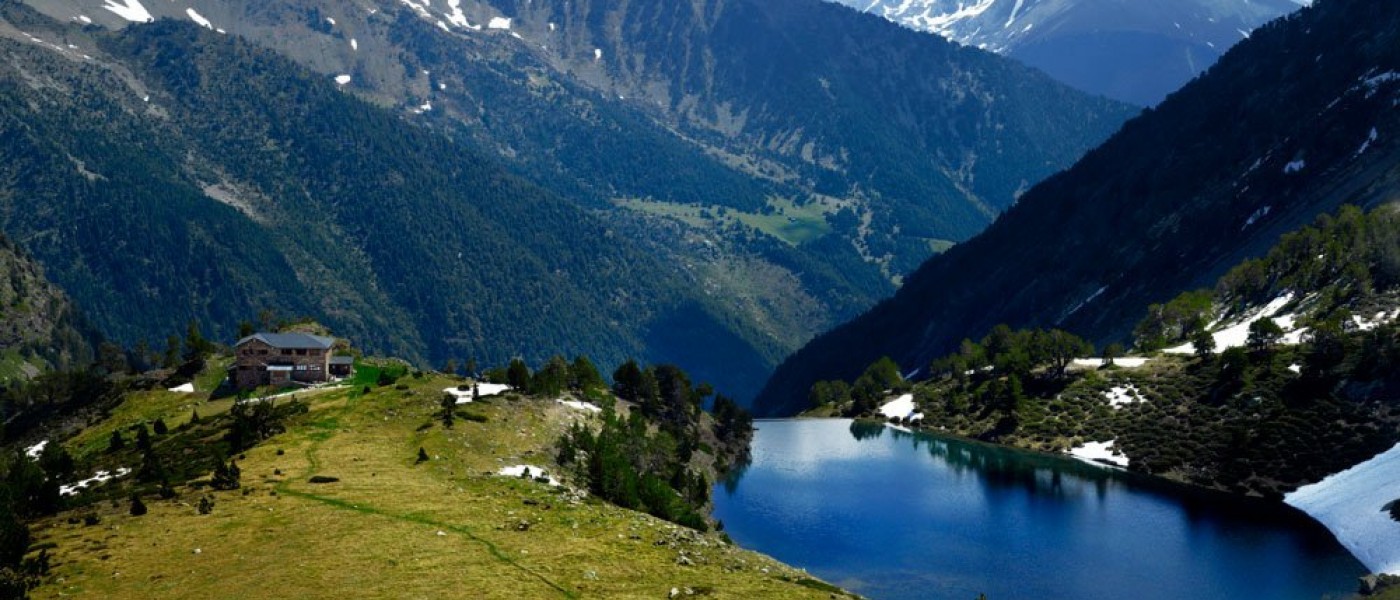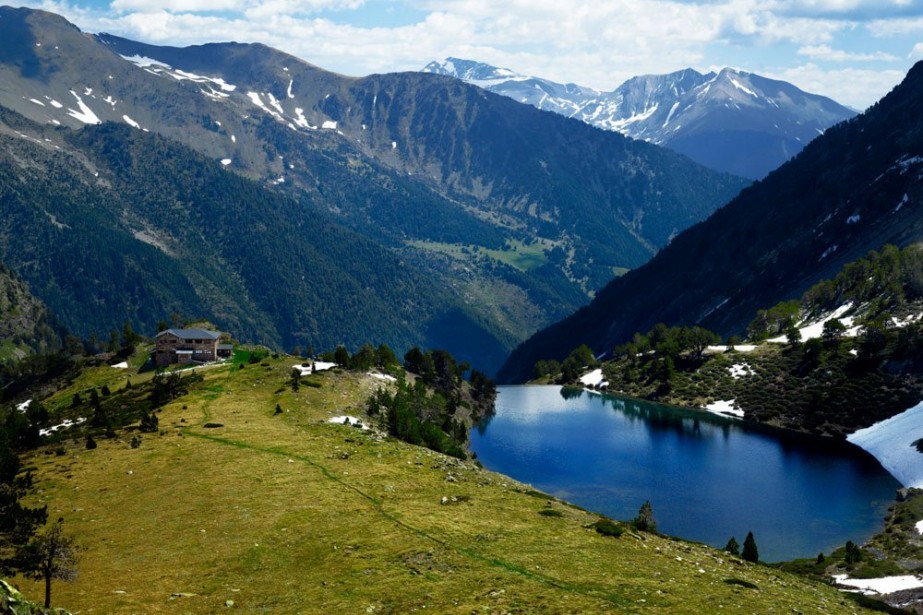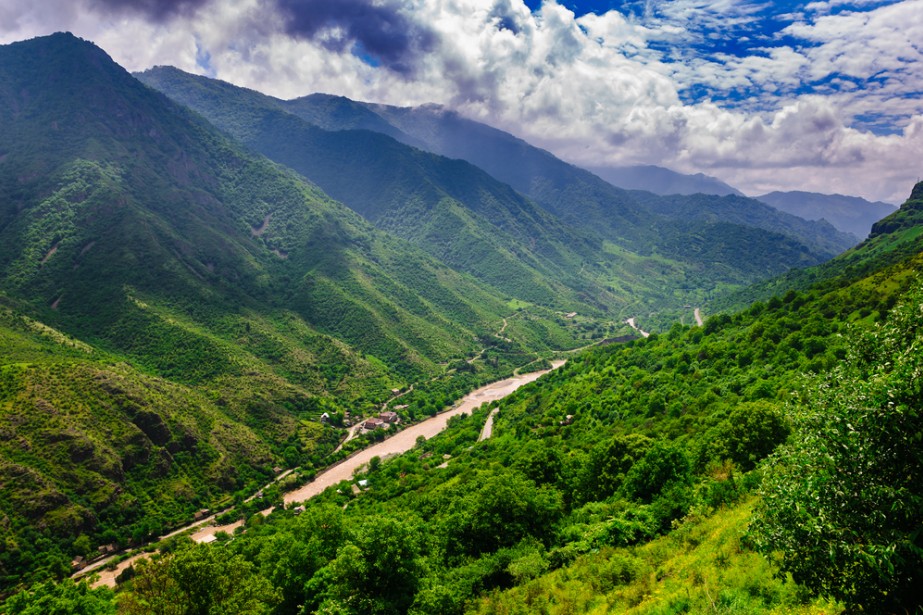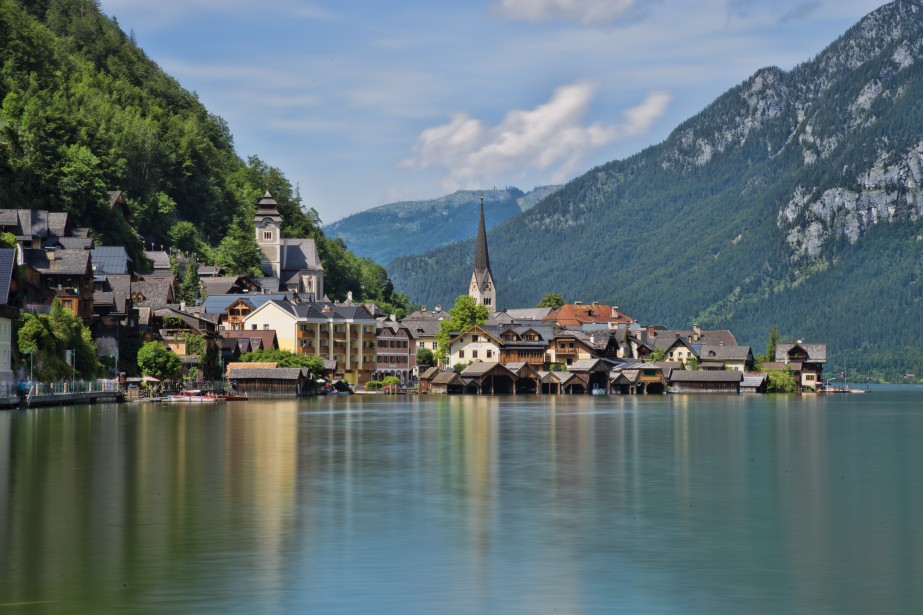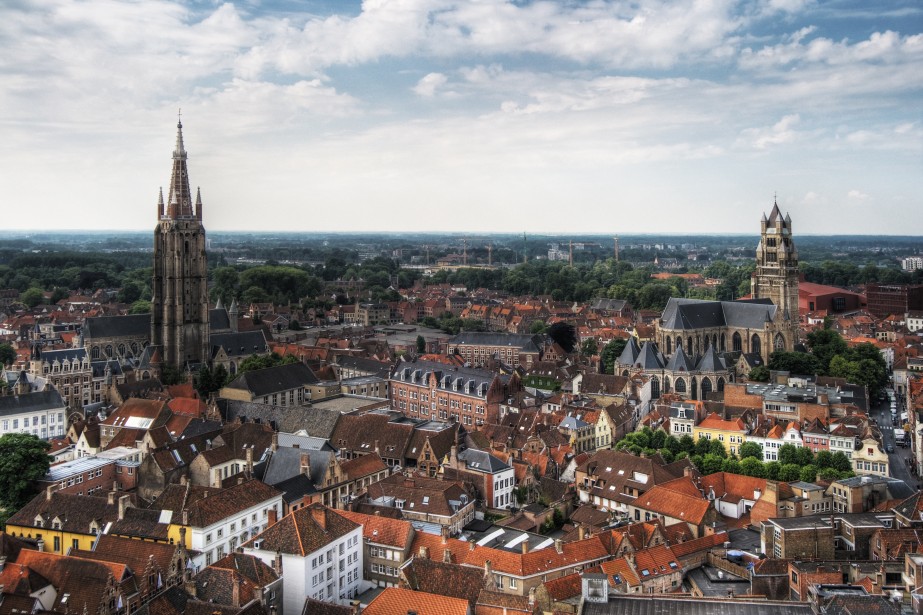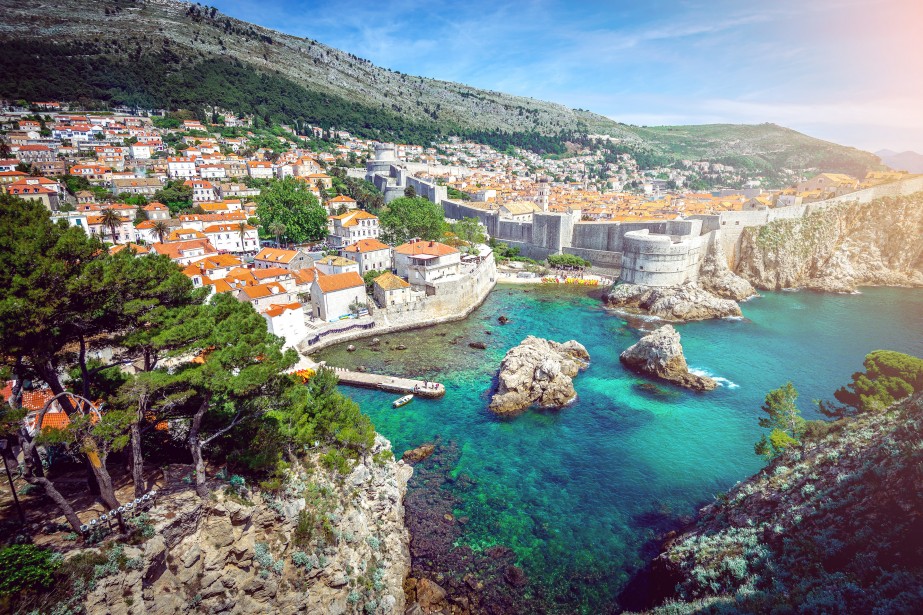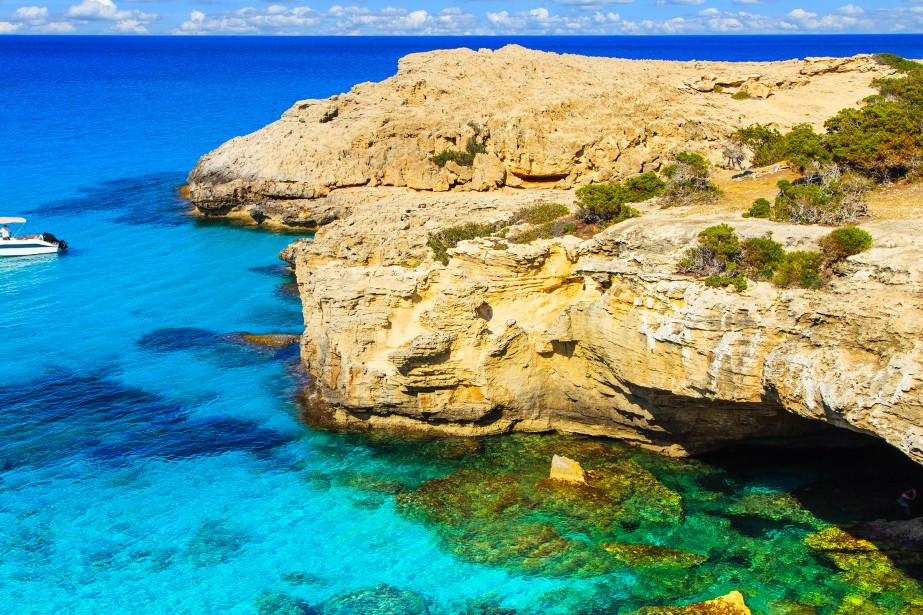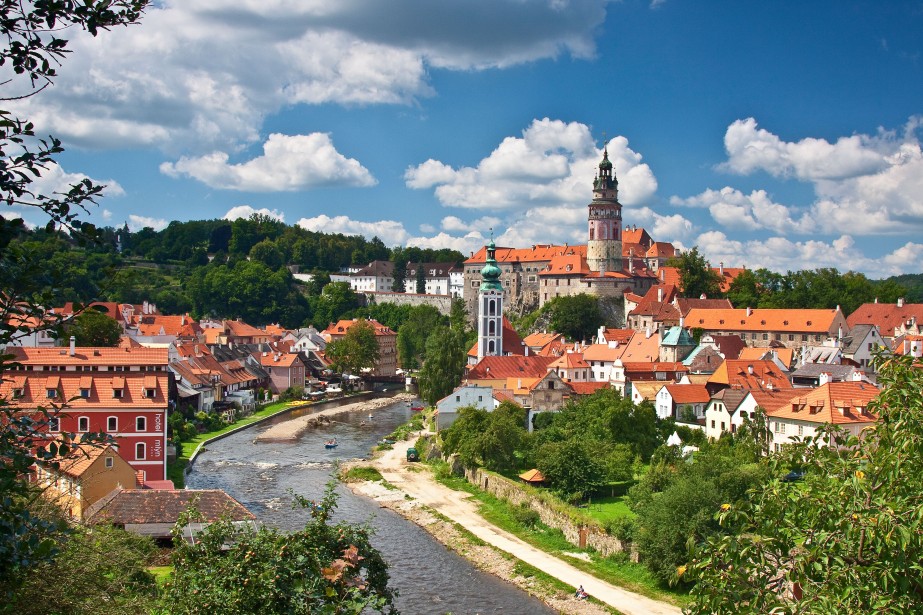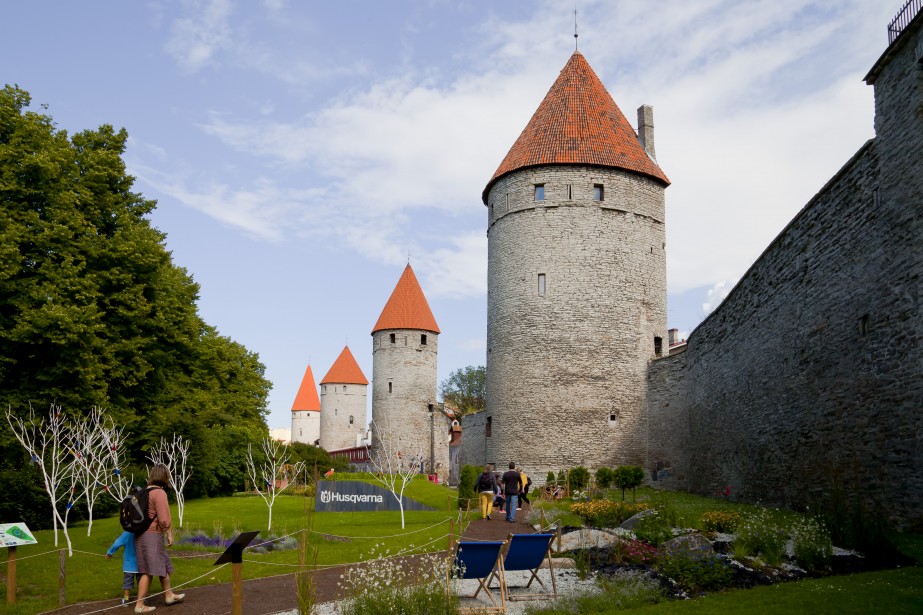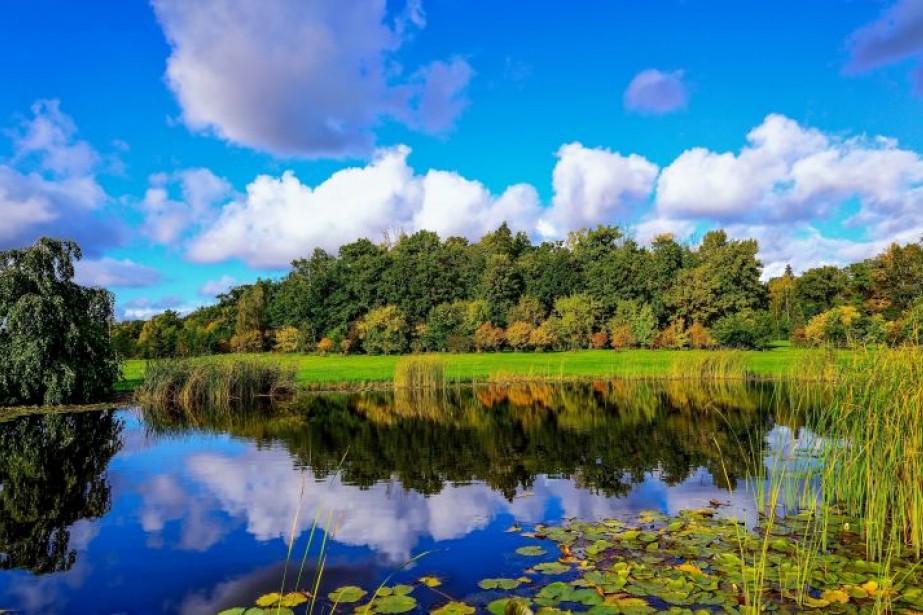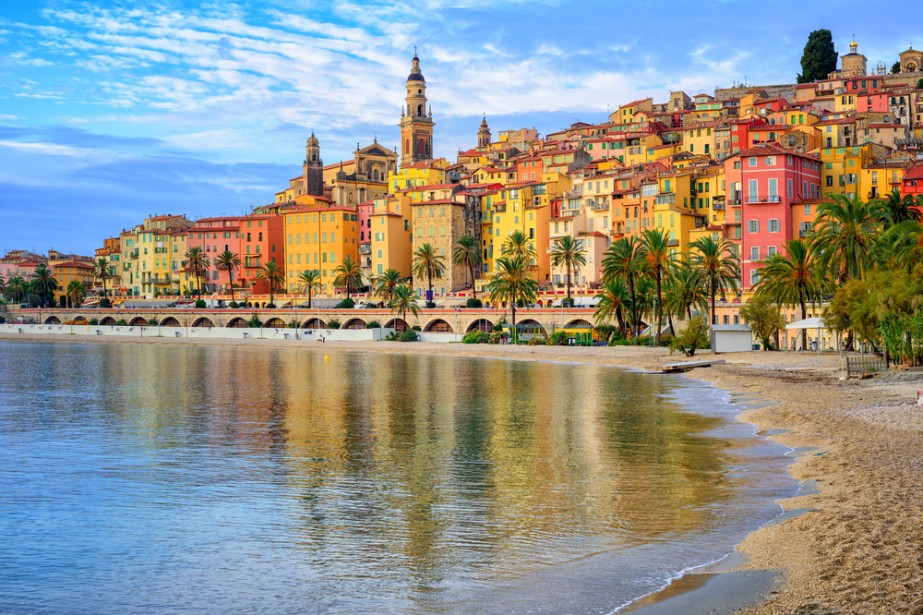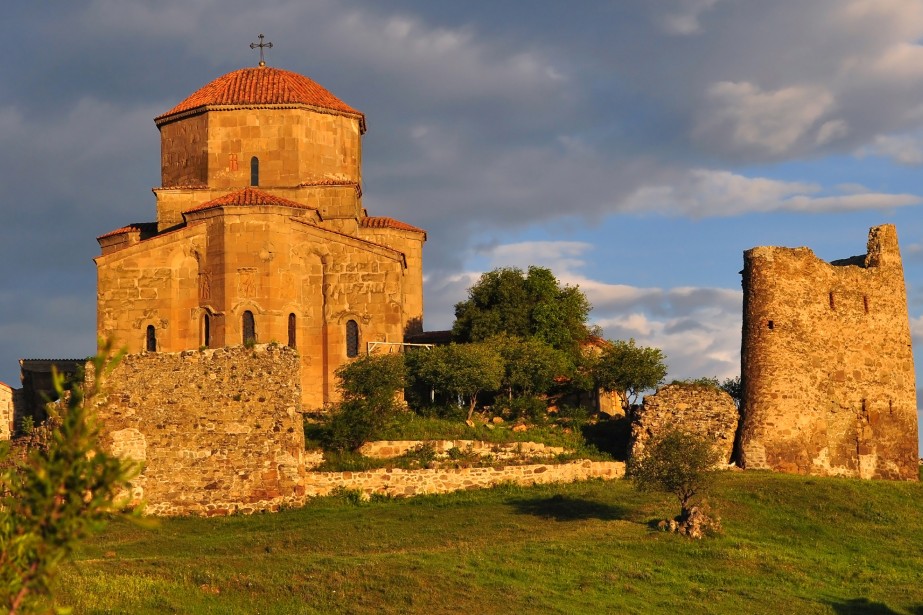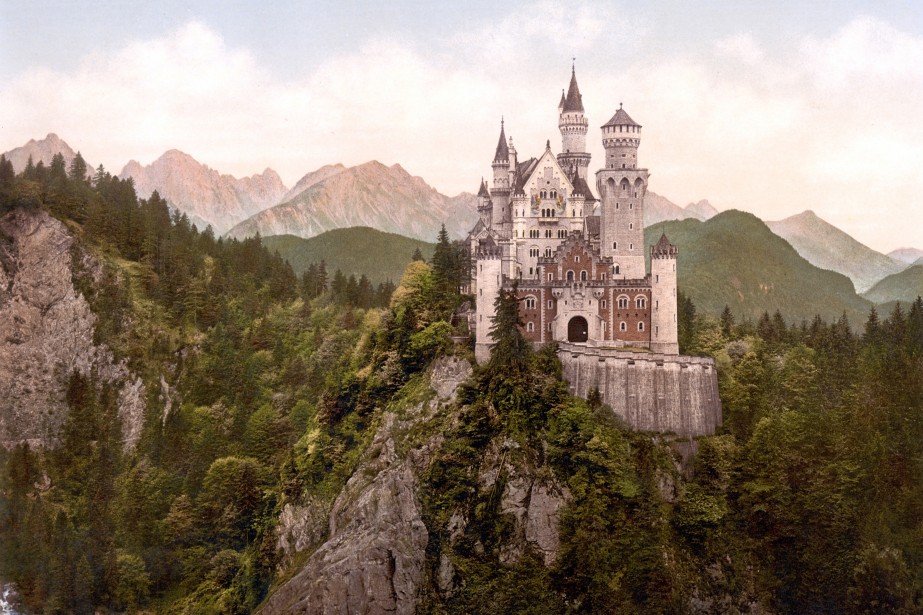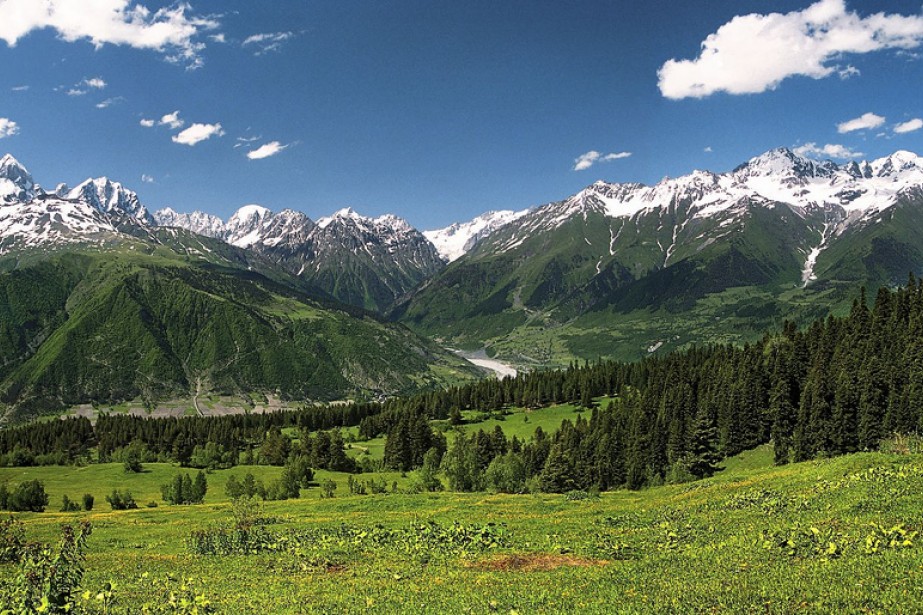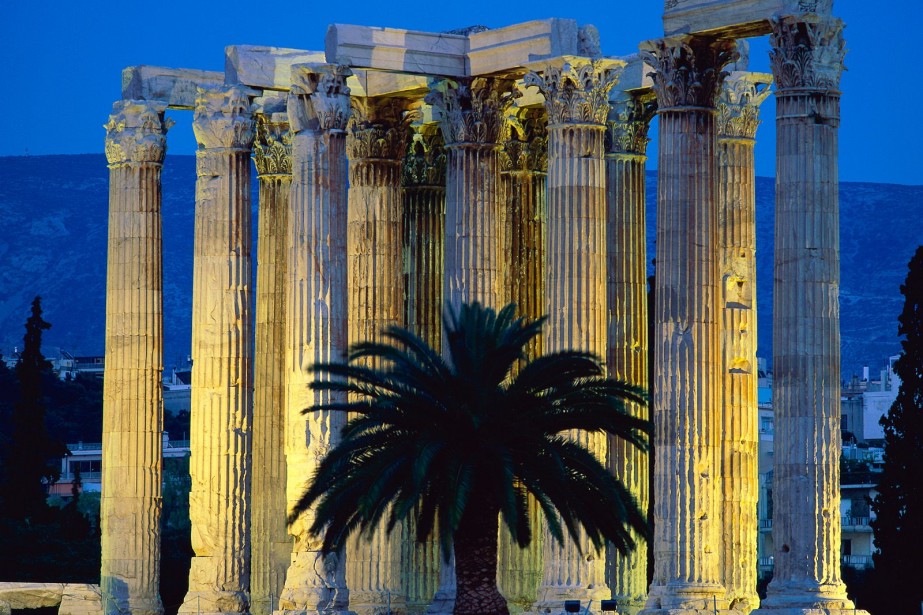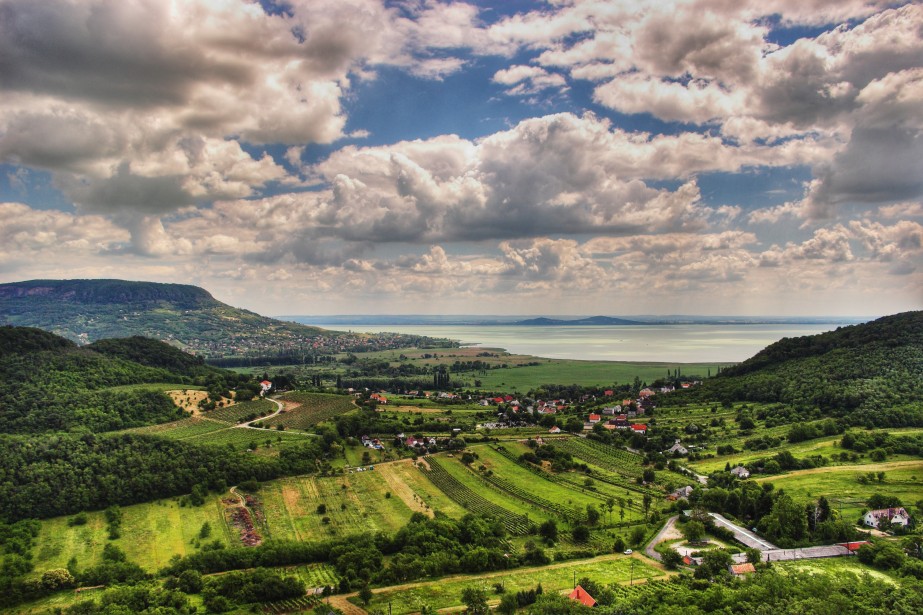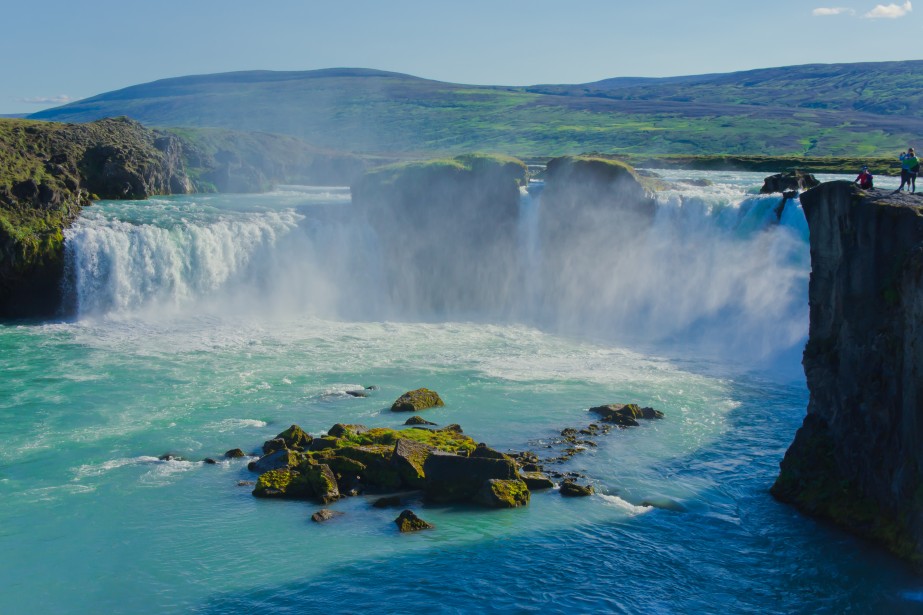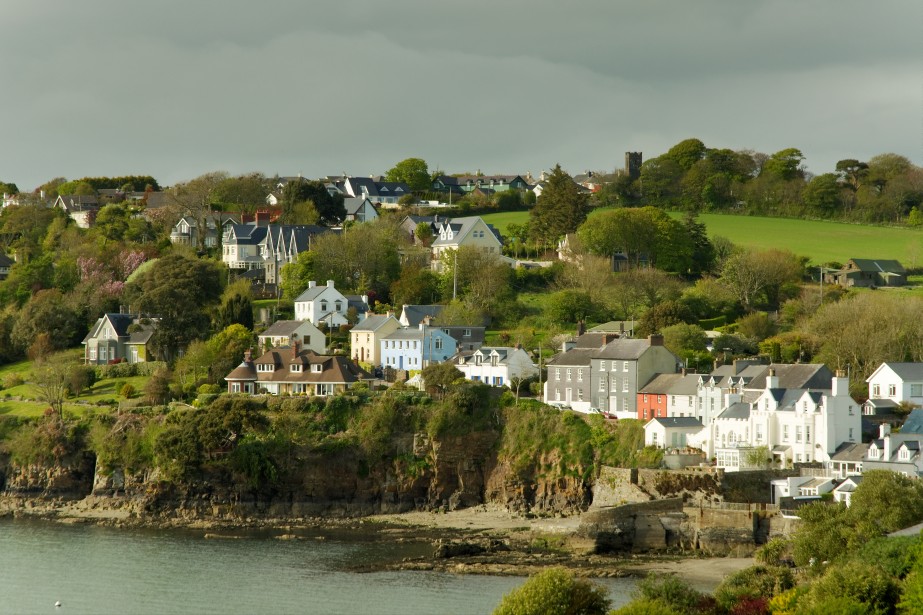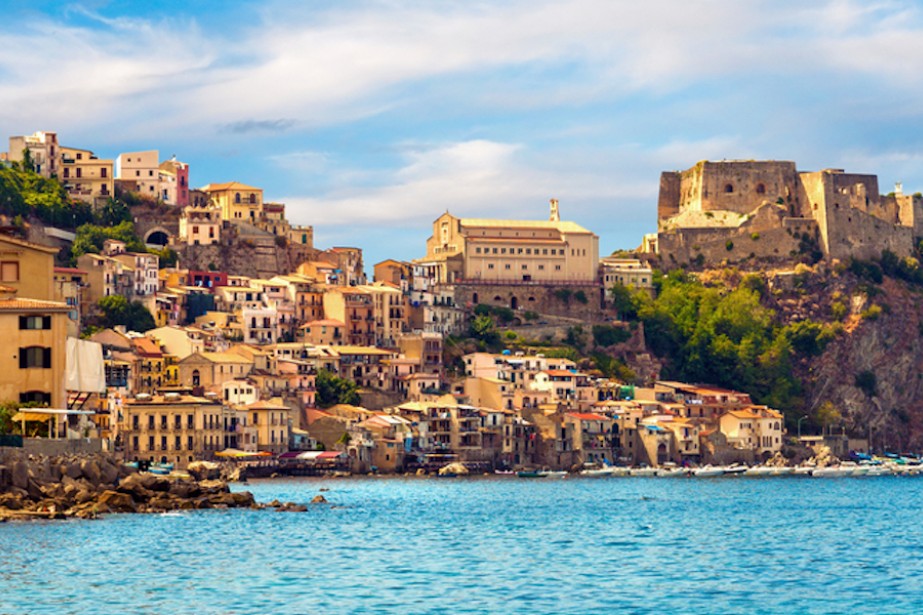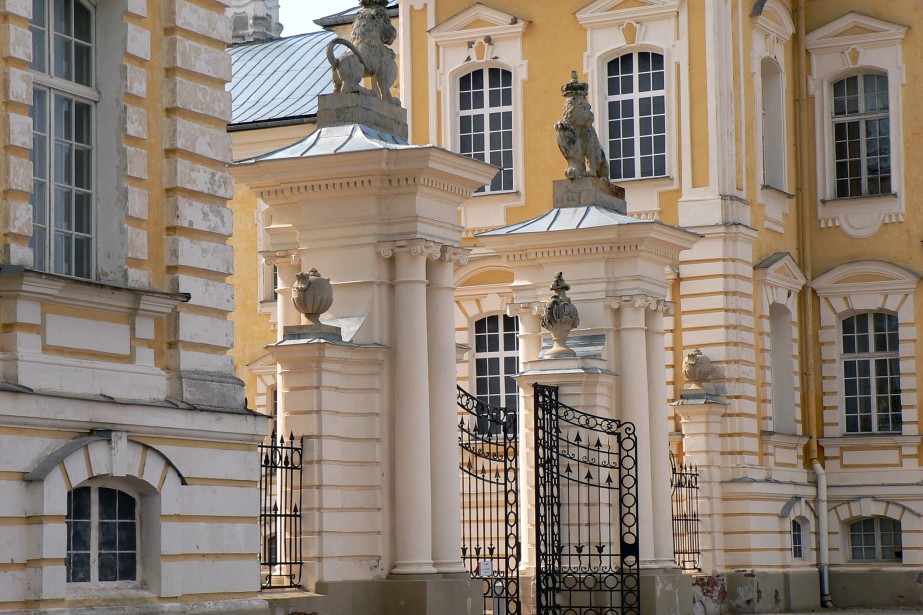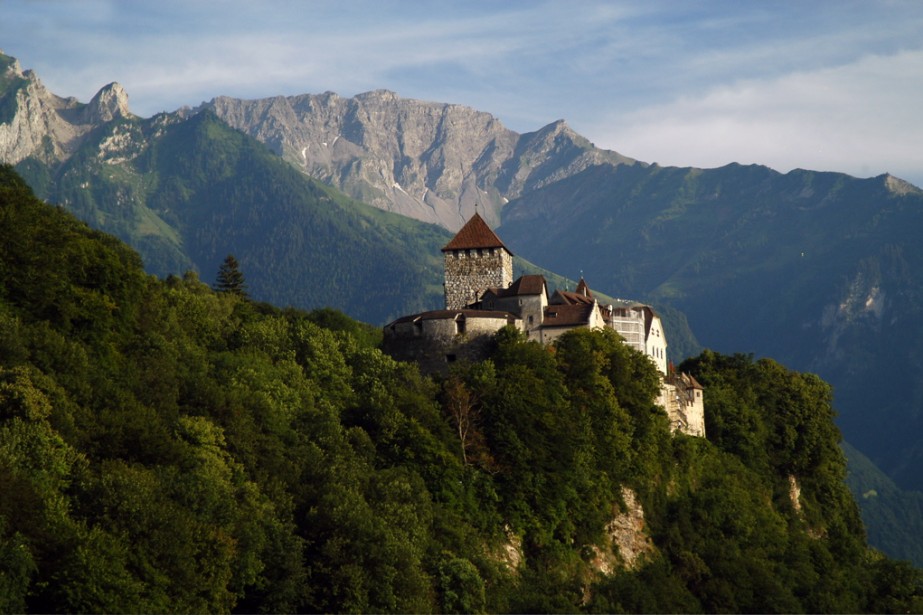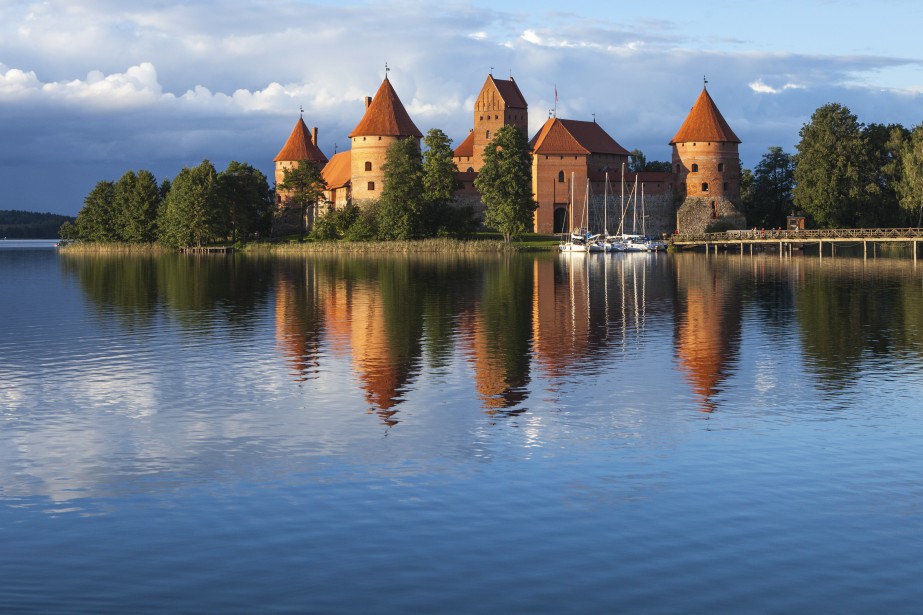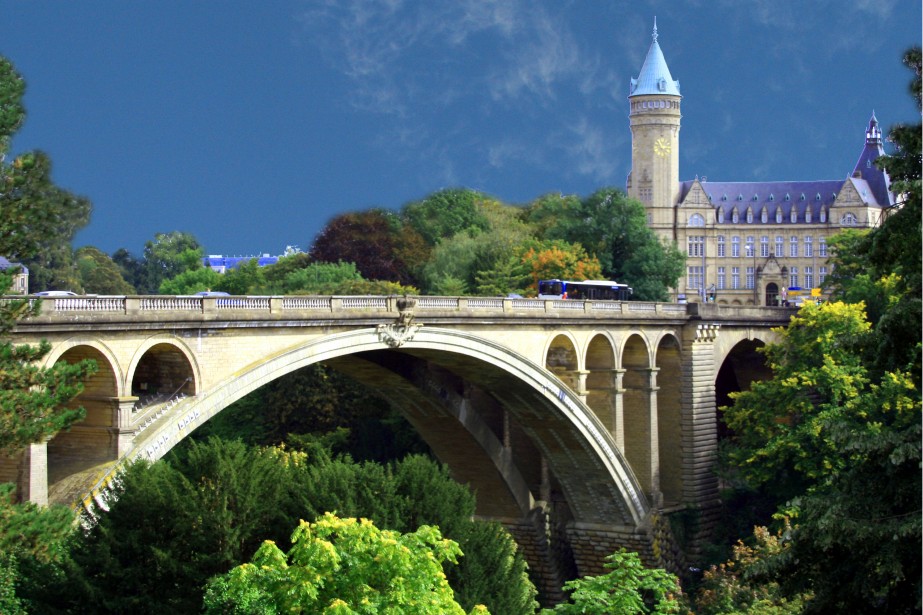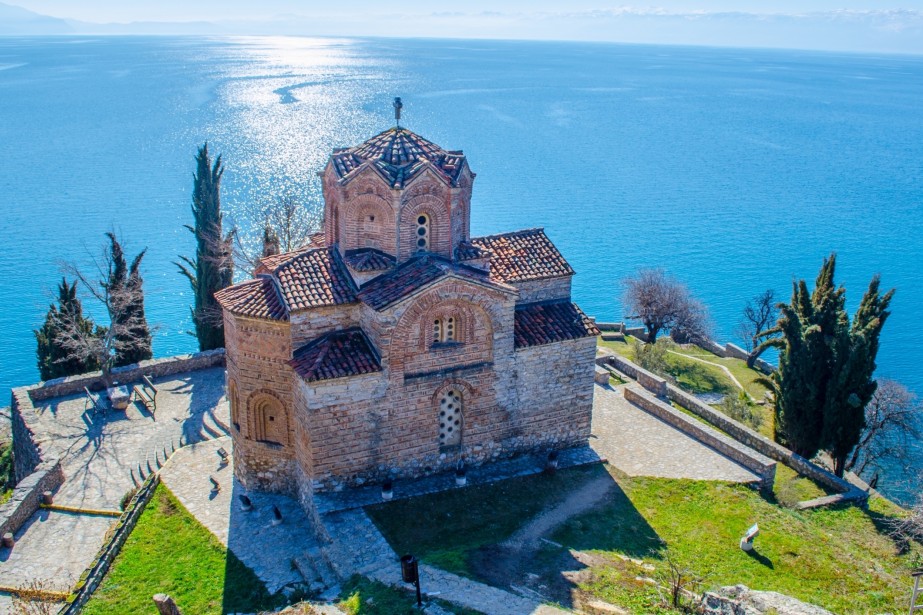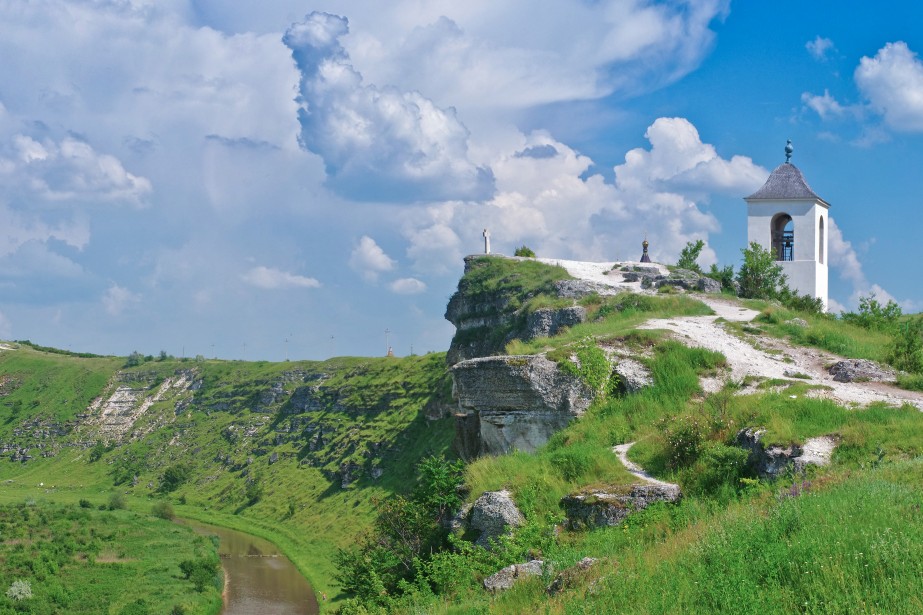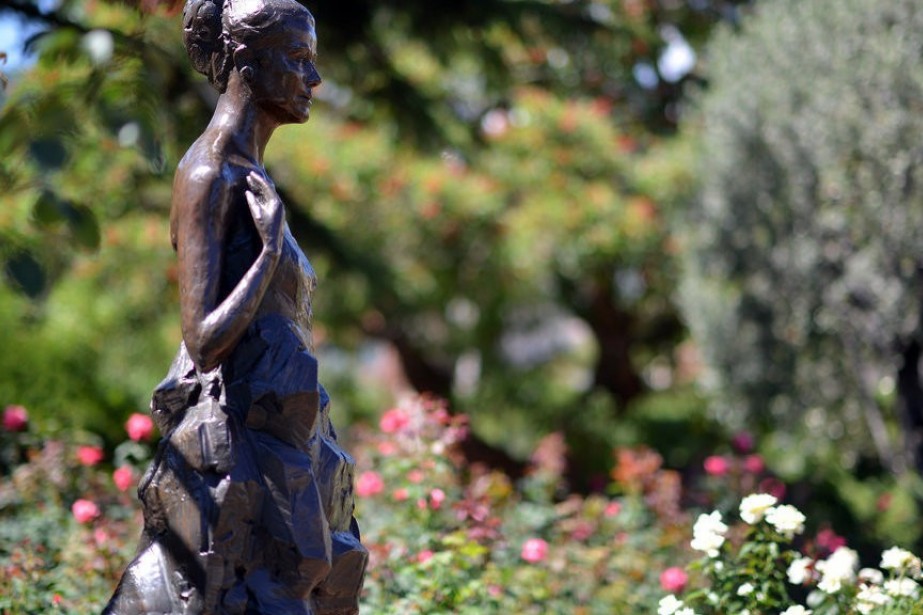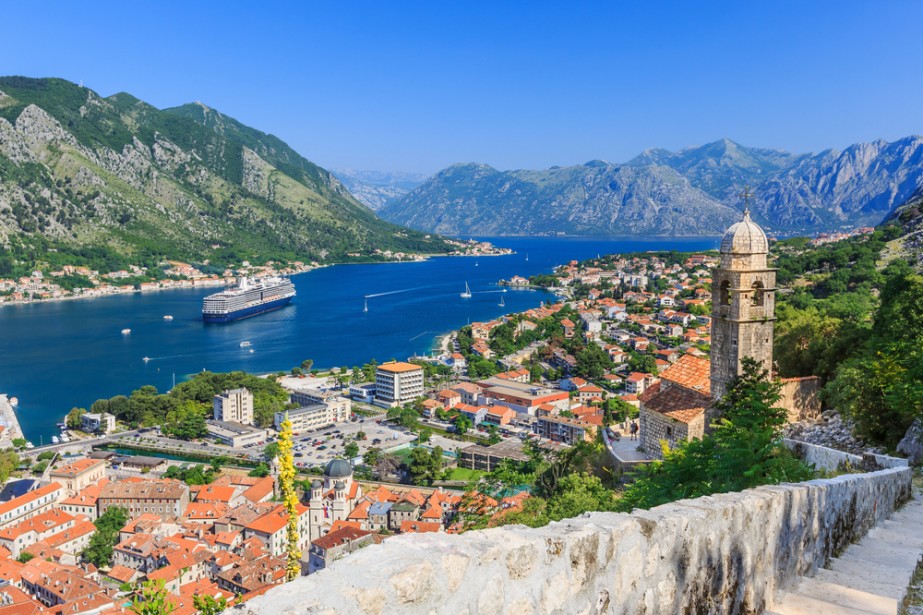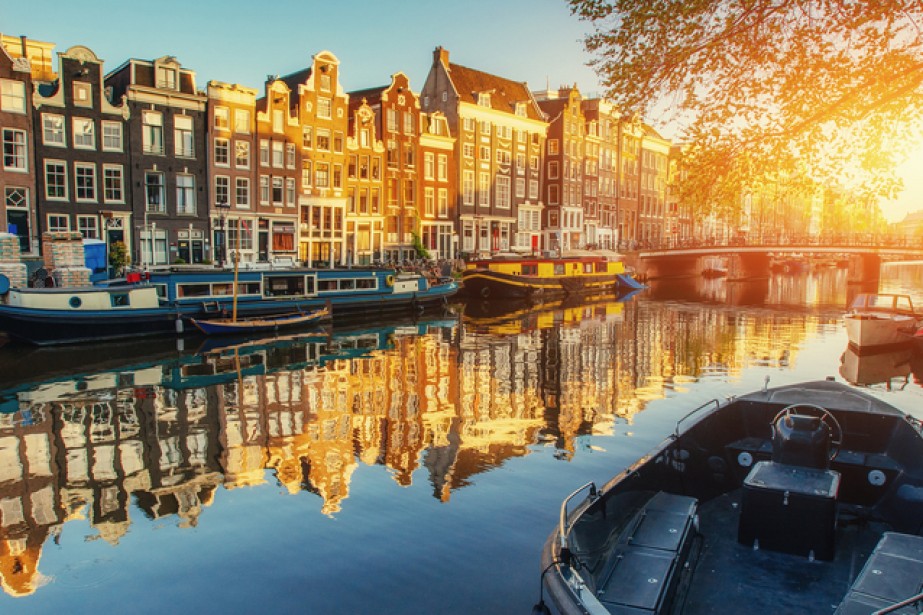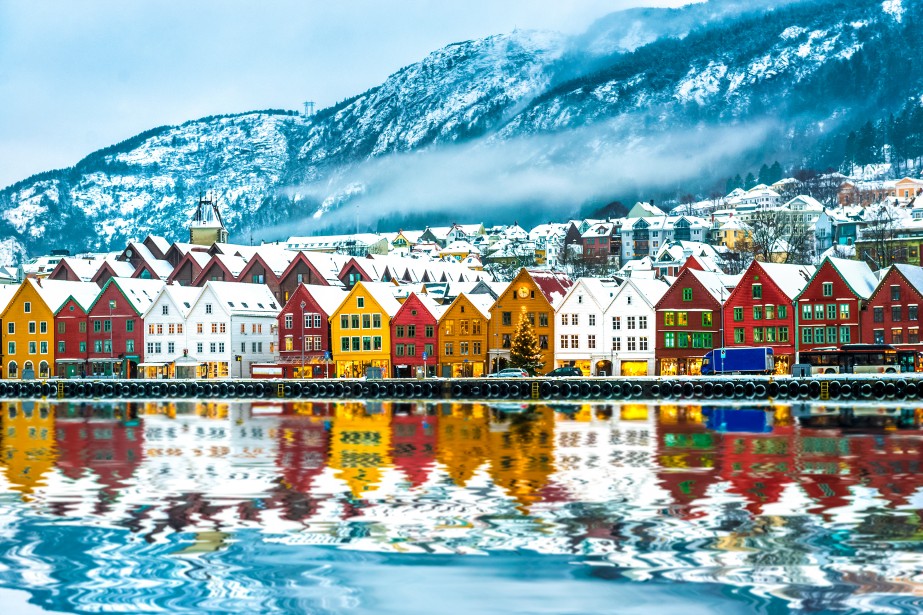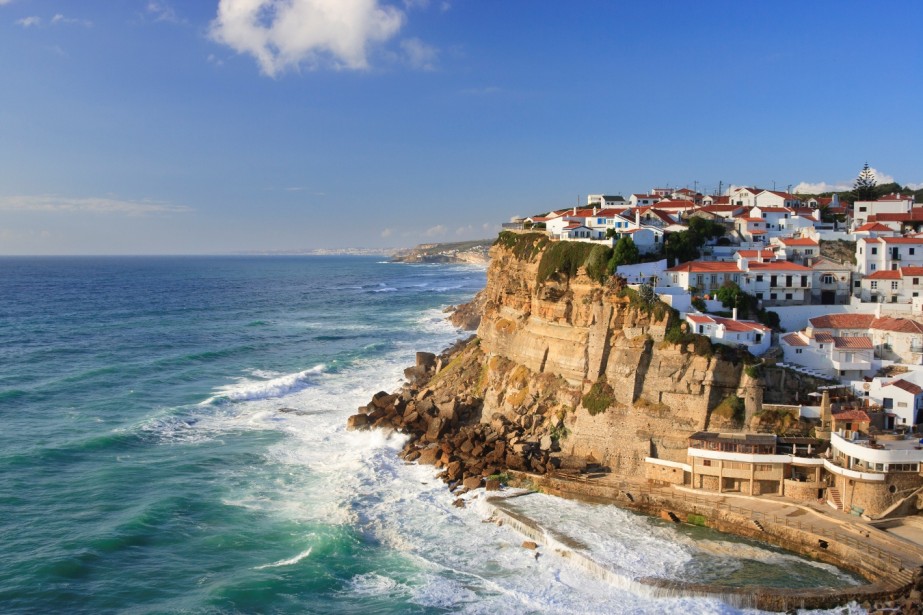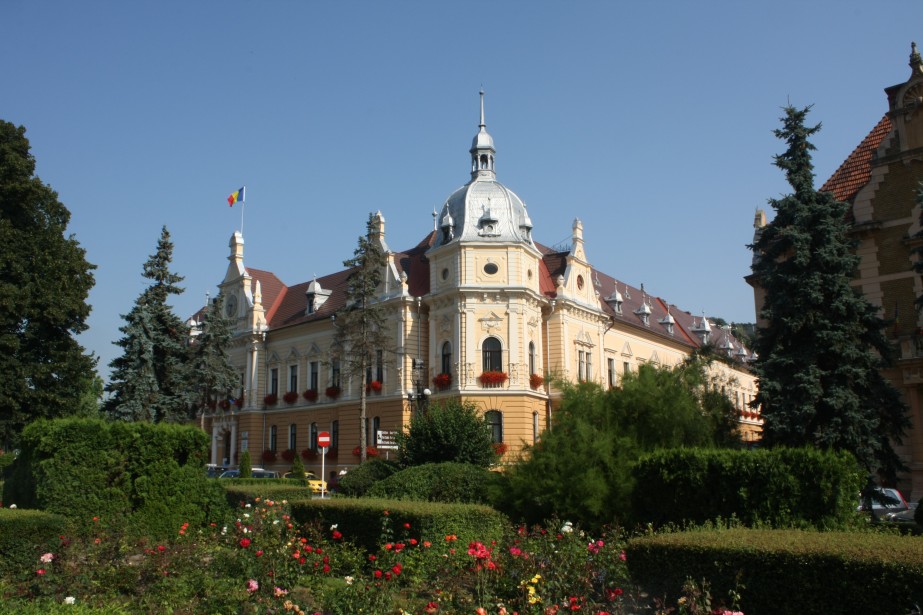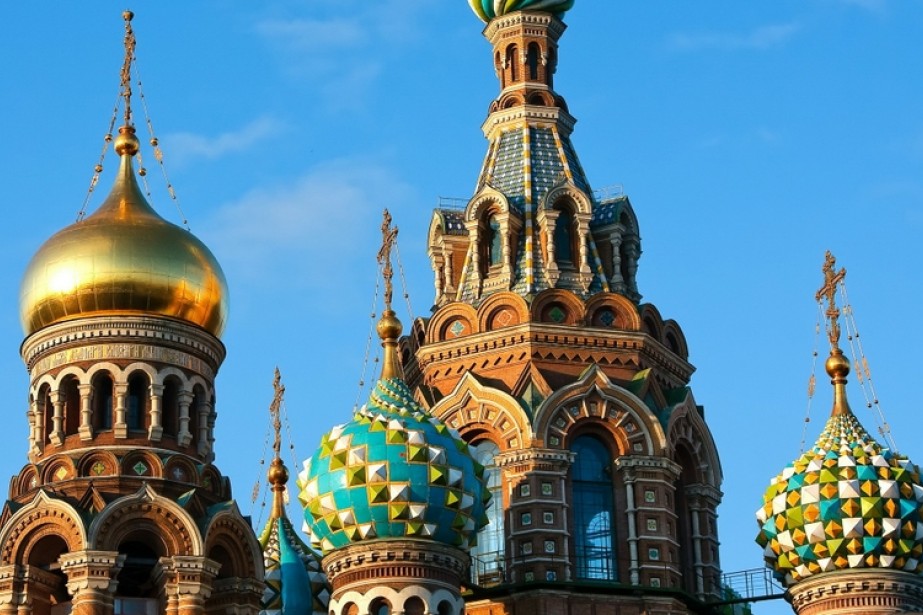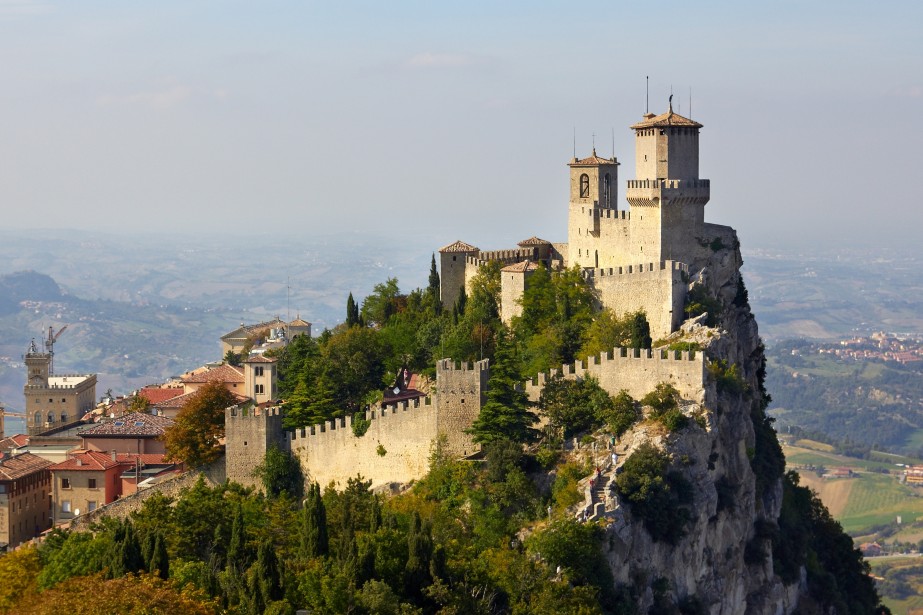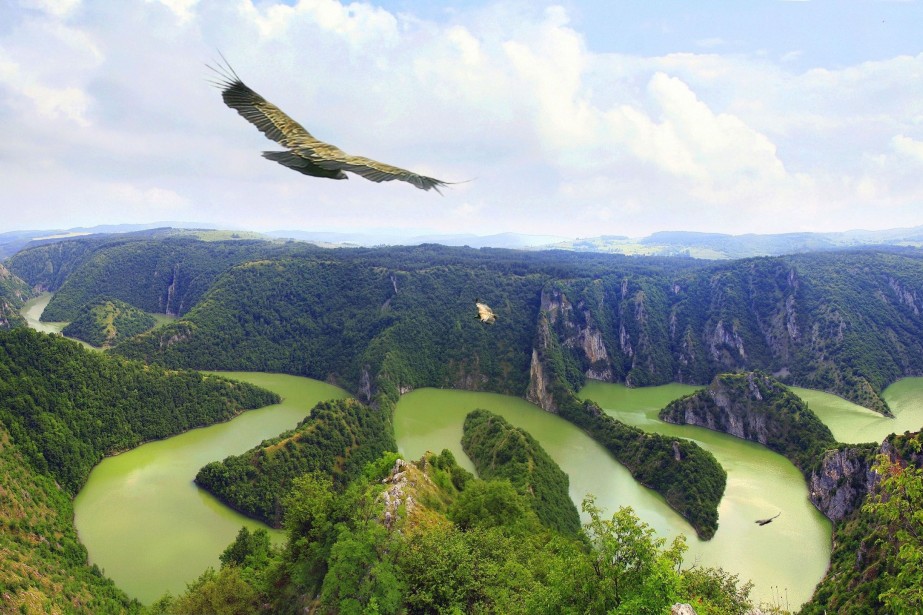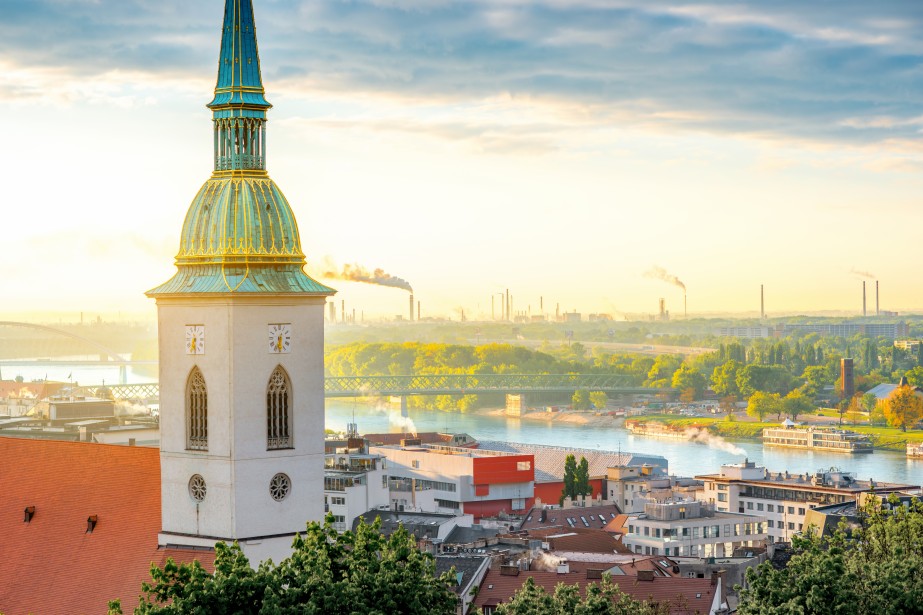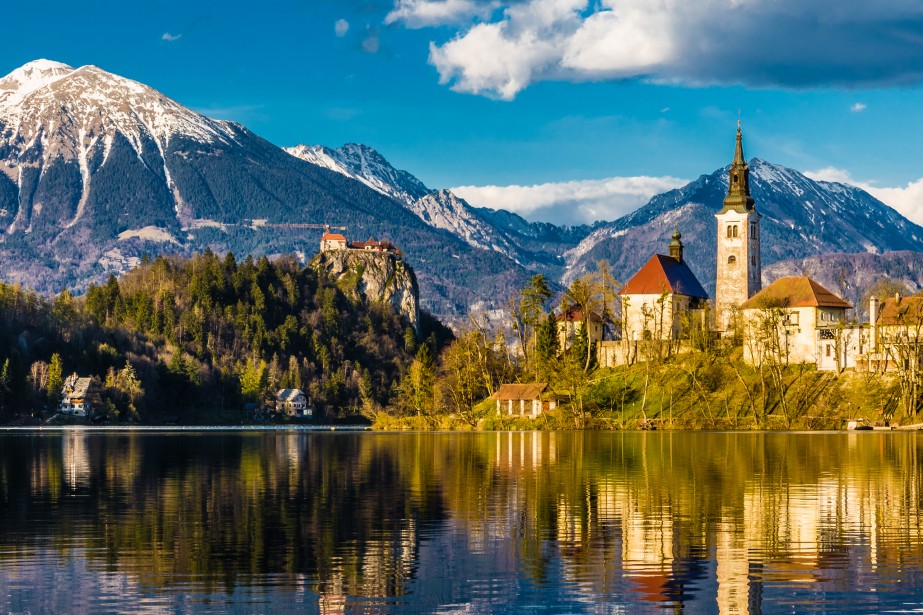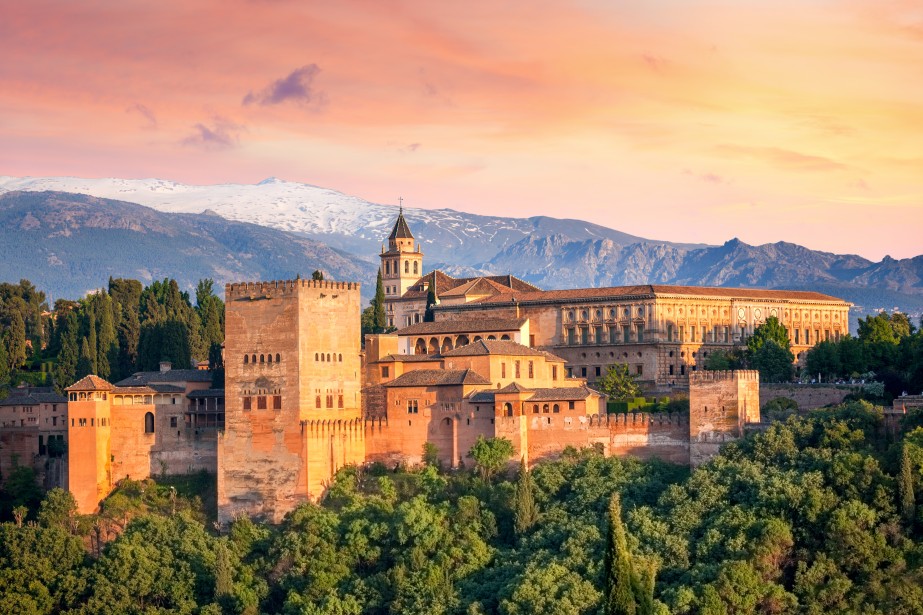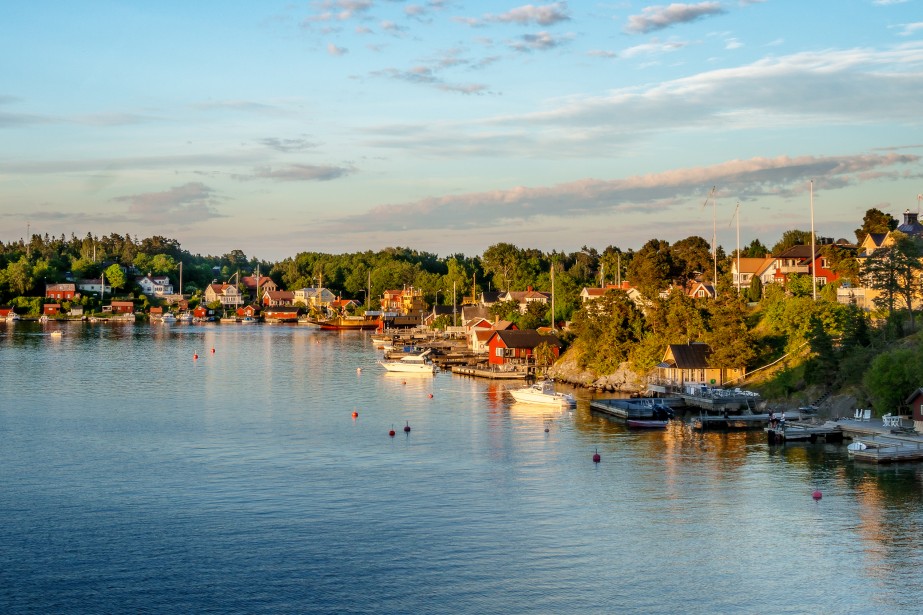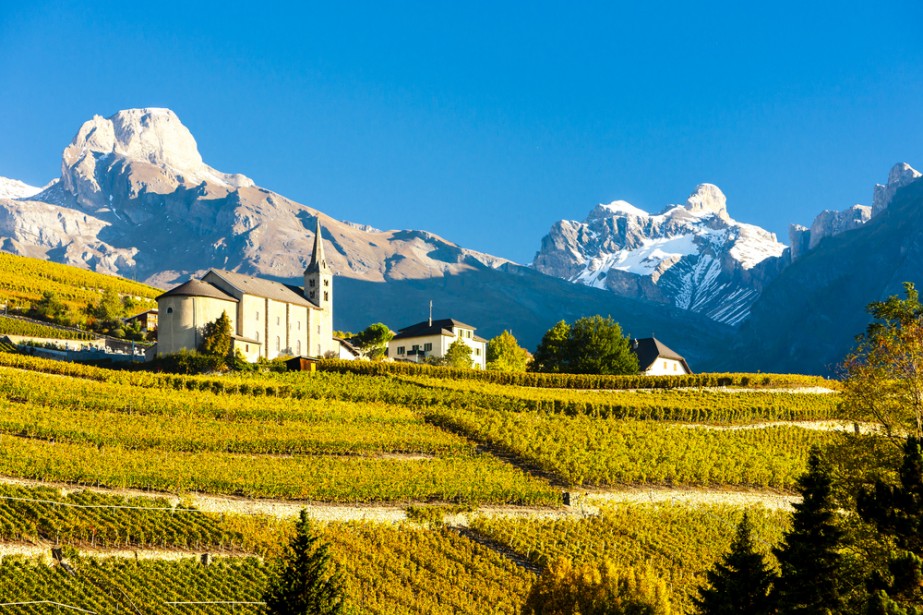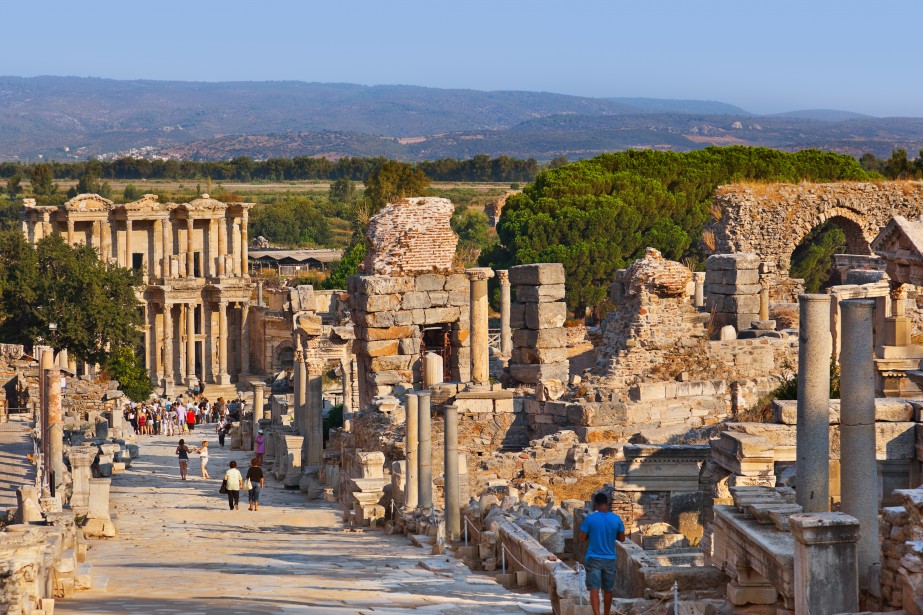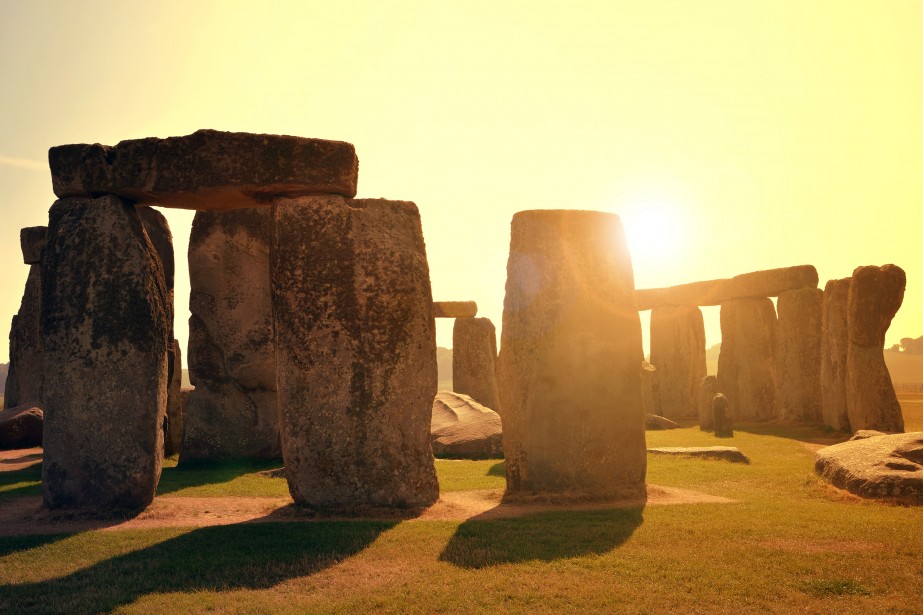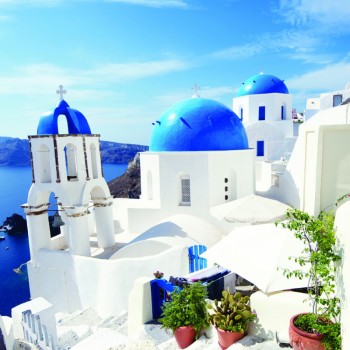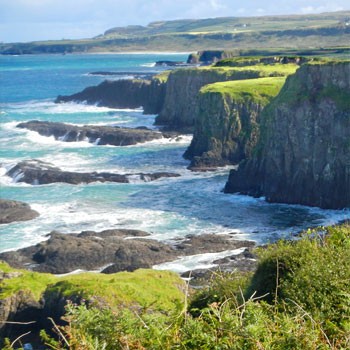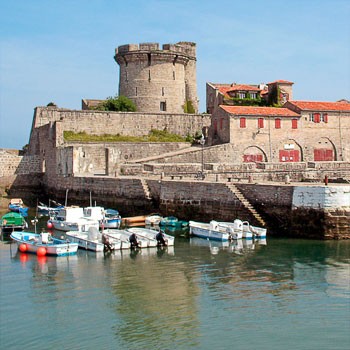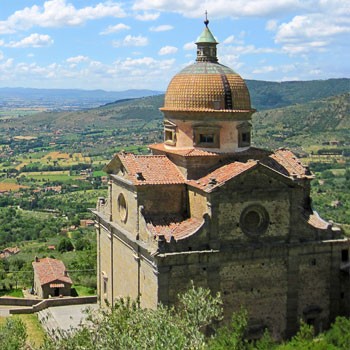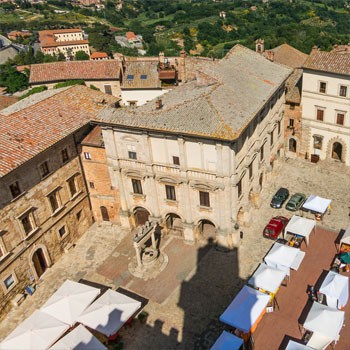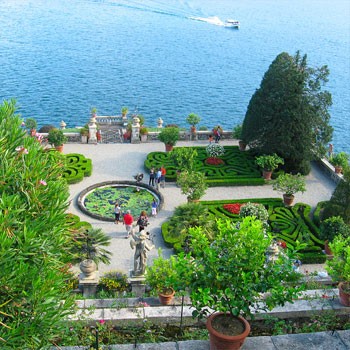Submitted by Claire Autruong on December 12, 2015
Overview
Despite its tiny size at only 180.55 square miles, Andorra is actually only the sixth-smallest country in Europe, and it punches well above its weight class from a travel standpoint. Nestled between France and Spain, the Principality of Andorra boasts some of the best skiing and resorts in the entire Pyrenees region. More than 10 million visitors annually flock to the slopes and resorts, enjoying duty-free shopping and year-round recreation.
Andorra’s origins are a matter for scholarly and historical debate. Several theories have gained traction. One theory posits that Andorra might derive from Iberian tribe of the Andosins, while another suggests that it might come from the ancient Basque word Anorra. Others suggest that Andorra might actually come from Arabic, specifically the word al-Darra or “the pearl,” from the time when the Moors invaded the Iberian Peninsula. Andorra could also come from the Navarro-Aragonese word andurrial, meaning “land covered in bushes.” One of the more popular local theories has to do with the great Frankish king Charlemagne, who supposedly gifted the region to the Andorran people after their fight against the Moors, naming it himself after the Biblical valley of Canaan called Andor.
Accessing mountainous Andorra can be a bit of a challenge, but tourists should be able to find passage from either France or Spain. One road enters Andorra from both of these countries. There are no airports in Andorra. Once in Andorra, most travelers head to one of the resort towns for summer or winter activities, or to the capital of Andorra la Vella, which features a prime ski resort and diverting architecture. Visitors can also enjoy Andorra’s mountainous vistas, green and covered in flowers in the summers and shadowed by snow-capped peaks in winter, offering some of the best views in the region. The picturesque villages that dot the small country are also worth a visit for their lively culture and historic structures.
When to Travel – Weather
Andorra has a temperate mix between alpine climate and continental climate, with warm and dry summers and winters full of snow conditions. Despite the ample snowfall, Andorra averages 300 days a year of sunshine.
The best time to visit Andorra depends on what travelers want to do. Winters are excellent for skiing, snowboarding and lodging at one of Andorra’s picturesque and first-class resorts, or visiting towns to dine on hearty regional fare and stay warm with local liquors. The snowiest months are between December and March, though the slopes will definitely be crowded during this time. Snow-pack on the tallest peaks can last well into June or July, so for travelers for whom avoiding crowds is a priority, consider booking a trip on the skiing shoulder season.
Summers are gorgeous in the Pyrenees, and travelers can enjoy endless vistas of valleys, lakes, mountains and wildflowers on hikes and other excursions. The best time to visit Andorra for trekking is between April and October, as the country experiences pleasant spring and fall temperatures as well as a warm summer. The busiest times of the year for summer travel are usually July and August, when Andorra’s villages host cultural festivals and are generally at their liveliest.
Food and Drink
Most Andorran cuisine draws from Spanish Catalan culture, though Andorran food by and large combines more elements of sweet and savory. Specialties include coques, the classic Andorran “flat cake” with a slightly sweetened dough made from pancake-like mixture and stale bread, which can be combined with fruits and jellies for a sweet version, or meat and cheese for a more savory meal. The trinxat, a hearty dish of potatoes and cabbage, is likely the best-known dish from Andorra. Resembling an Irish colcannon, trinxat is the Andorran word for “chopped.”
Other dishes travelers will encounter and should try include truites de carreroles, a mushroom omelette, and Andorran veal in various preparations. Andorra also offers local sausages and cheese in every village, all of which are worth trying for local flavor, especially for experienced travelers of other regions in Europe for comparison.
Travelers should note that although alcohol bought from stores and markets are usually relatively cheap due to Andorra’s duty-free status, prices for drinks can be very high. Bars stay open late, but tabs could run high with the higher prices.
In fact, most food in Andorra can be pricier than in other areas of Europe. Less than 2 percent of the land is arable and supports growing food, so most food has to be imported, increasing the price of food in restaurants and markets.
Popular Vacation Spots
Andorra la Vella – The capital of Andorra is a small, interesting and eminently walkable city. The newer area at the north end of town features plenty of shops and a more commercial vibe, while the older part of the city across the river to the south and west features more of the historic sites, as well as dining and shopping options. “Vella” is the Andorran word for “old,” and visitors can see plenty of historical sites, including the Church of Sant Esteve and the Romanesque Church of Sant Andreu from the 12th century, and the Bridge of la Margineda that dates to medieval times and remains in near-perfect condition. There are also plenty of lodging options in the capital, and easy access to the popular Grandvalira ski resort.
Grandvalira Ski Area – One of the most popular ski areas in Andorra, Grandvalira boasts beautifully maintained pistes (runs) for skiers and snowboarders of all skill levels, and receives plenty of snow, making it a must-ski destination for winter sporst enthusiasts from around the world. Its popularity does make it crowded during peak season and on weekends, as it is a viable weekend destination for vacationers from around Europe, but especially the French and Spanish. Views from runs throughout the resort are stunning.
Pas de la Casa – Also known as “Le Pas de la Case” in French, the resort is technically part of the larger Grandvalira resort. The pass marks the watershed of the Pyrenees and is one of the highest roads in elevation in Europe, at 7,900 feet. Pas de la Casa translates as “the pass with the house,” referencing the fact that up until the early 1900s the only building was a solitary shepherd’s hut overlooking the pass. Most of the pistes are classified as “red,” meaning that many of the runs are more suited to skiers with intermediate skill, and the nightlife of the resort tends to be geared toward younger revelers than other resorts in Andorra.
Soldeu – In contrast to many of the other resorts in Andorra, Soldeu’s reputation is that of a more economical and budget-friendly destination. Since Andorra’s ski network is small, Soldeu also links up with Pas de la Casa and the Encamp ski areas. Generally speaking, Soldeu is much more family oriented than youth-dominated Pas de la Casa. Soldeu features a large number of instructors who speak fluent English and is known for its remarkable ski and snowboard schools.
Arinsal – Located on the western side of Andorra, the village of Arinsal is close to the border between Spain and Andorra. The village is more than a resort town, but is popular in summer with hikers and bikers looking for a good base for their adventures traversing the mountain scenery. In the winter, the ski area offers a good selection of pistes (runs) for beginners and intermediate snowboarders and skiers. Arinsal is a year-round town, unlike resort towns like Pas or Soldeu that tend to be seasonal and revolve around skiing, which can make it a great destination of choice for beginning skiers who might want other activities to pursue beyond just the slopes.
Practical Information
The euro is the de facto currency of Andorra despite the country not being an official member of the European Union. Euros will work everywhere in Andorra, as will most major credit cards and travelers checks. Andorra is tourism-friendly throughout the country, as more than 80 percent of its Gross Domestic Product comes from tourism-related revenues.
Technically speaking, entering and exiting Andorra terminates a single-entry visa, since Andorra is not a member of the EU. This technicality is rarely enforced at any immigration checkpoints, but it is still something for travelers to be aware of.
The official language of Andorra is Catalan, but Spanish, Portuguese, Castilian and French are commonly spoken. Most areas of Andorra where tourists go, especially the ski resorts, will have plenty of English-speaking staff on hand.
Andorra Travel with Trusted Adventures
> Find Activities in Europe

